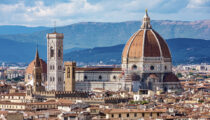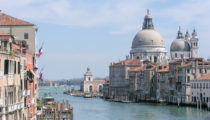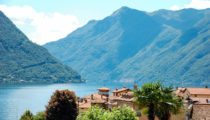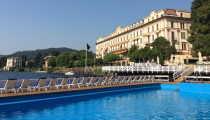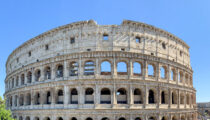May 28, 2025
Padua, Italy: The Scrovegni Chapel, An Important Botanical Garden & More
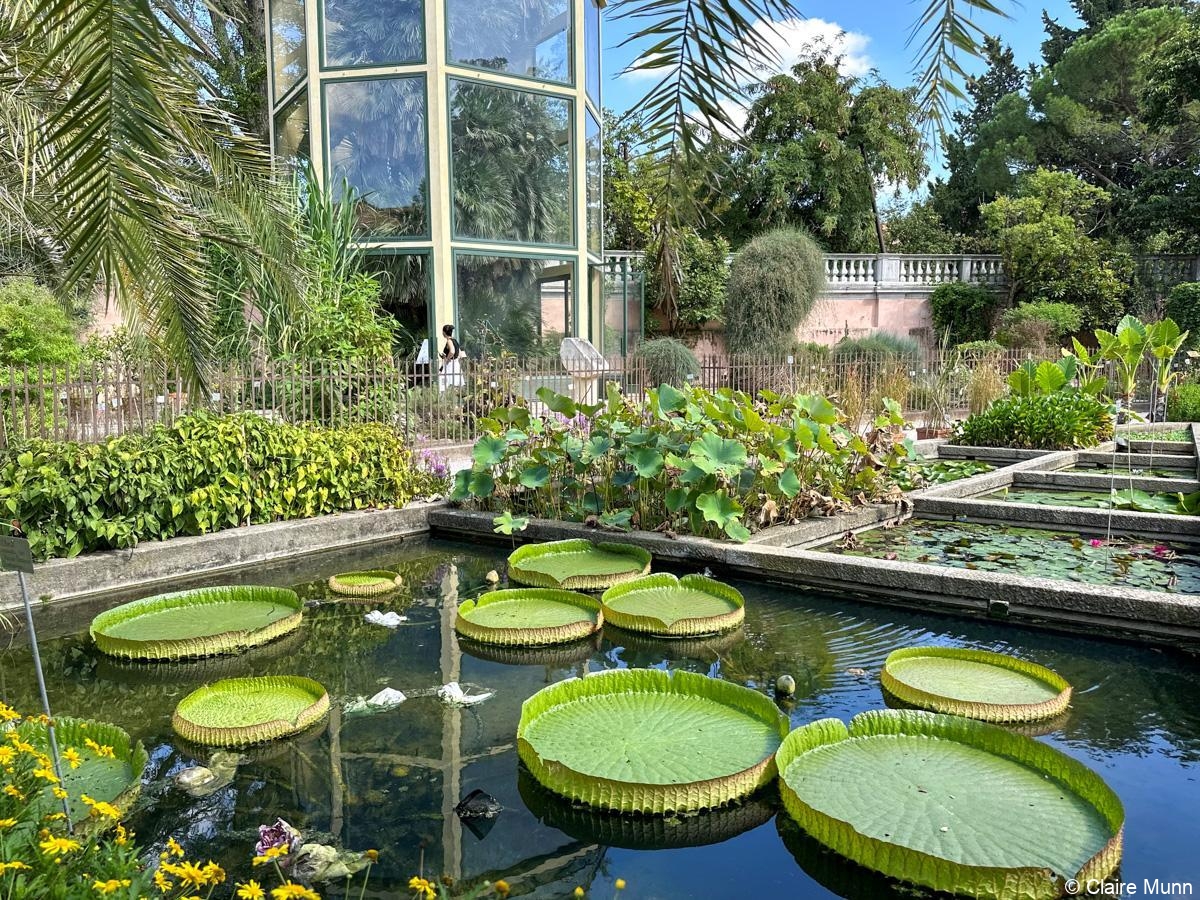
Less than an hour from Venice, the university town of Padua is one of most the most significant cultural destinations in northern Italy. Padua’s compact medieval center is a treasure trove of history, art, academic heritage and well-preserved historic architecture, with Renaissance masterpieces, one of the oldest universities in the world and the oldest university botanical garden in the world.
Artisans of Leisure arranges private tours of Padua that include favorite cultural highlights, such as:
Scrovegni (Arena) Chapel
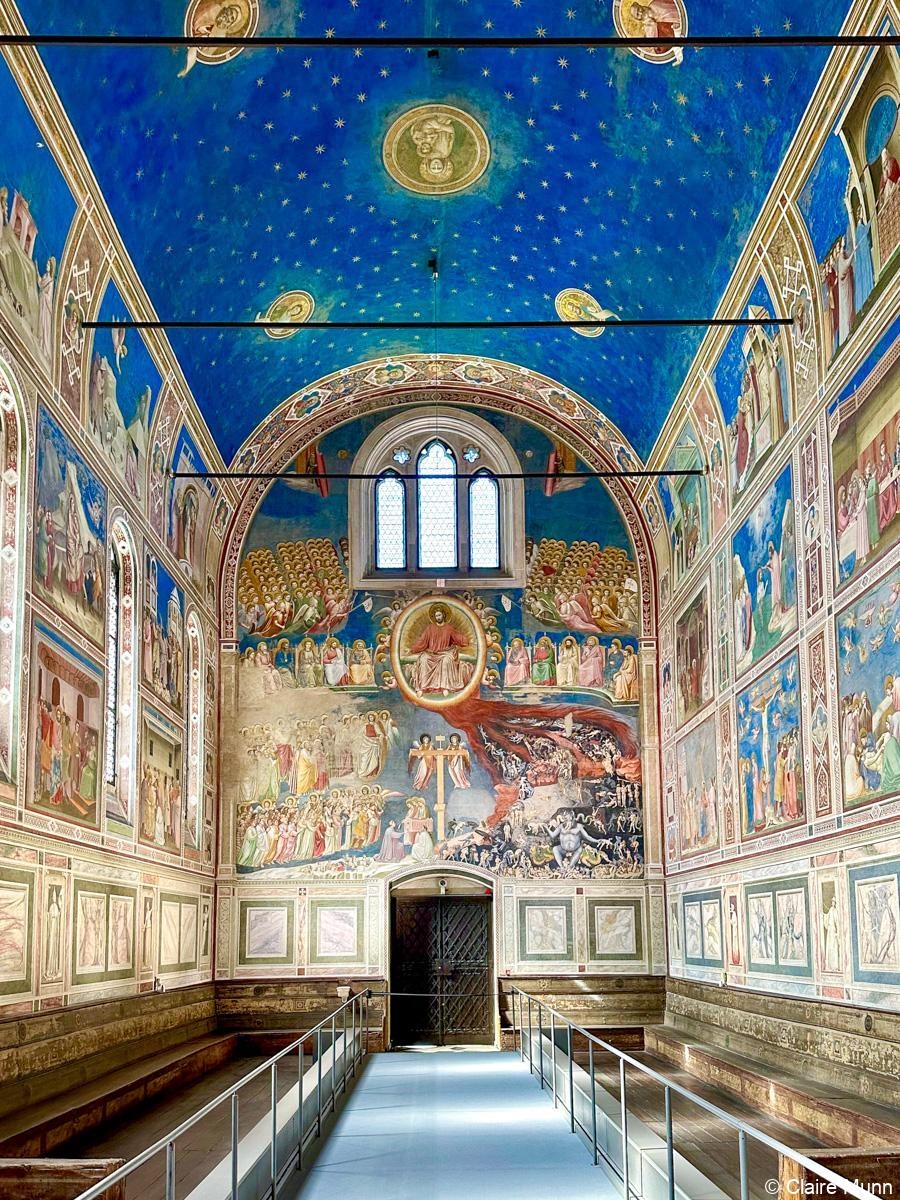
Painted by Giotto in the early 14th century, the Scrovegni Chapel frescoes are a breathtaking masterpiece of the early Renaissance and one of the most important and influential fresco cycles in Western art.
Under a brilliant ultramarine ceiling that still glows today from the use of lapis lazuli pigments, vibrant scenes illustrate the lives of Joachim and Anna (the parents of the Virgin Mary), the Virgin Mary and Jesus Christ. Giotto’s groundbreaking use of emotional expression, perspective and placing biblical characters in Italian settings familiar to contemporary viewers marked a significant turning point from medieval art.
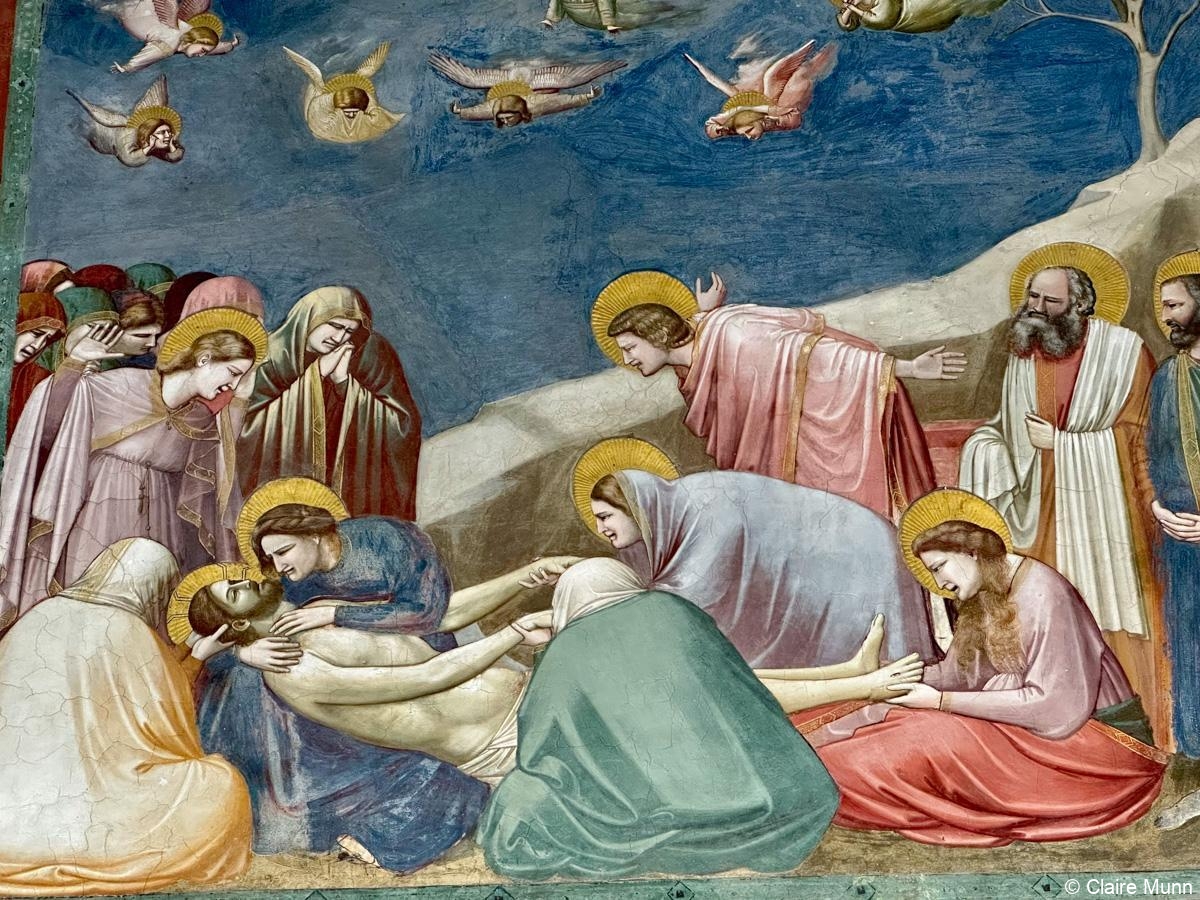
The Scrovegni Chapel frescoes are part of Padua’s Fourteenth-Century Fresco Cycles, a UNESCO World Heritage Site made up of eight religious and civic buildings in the historic center that feature exceptional early Renaissance frescoes. Highlights include the nearby Church of the Eremitani (pictured below), Palazzo della Ragione and the Cathedral Baptistery.
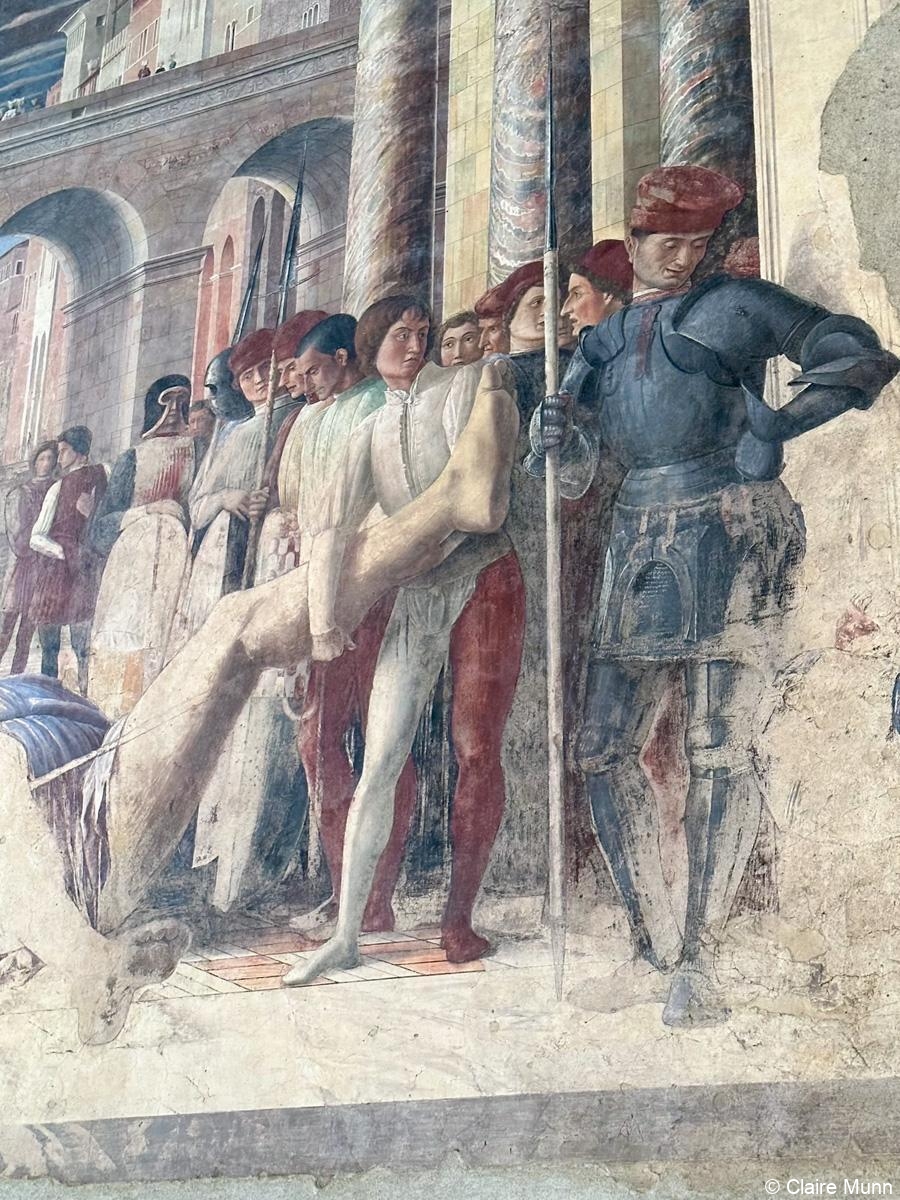
Also not to be missed is the Basilica of St. Anthony, a major pilgrimage site housing the saint’s tomb and relics. It’s also known for its impressive architecture and important artworks, including sculptures by Donatello and UNESCO-listed Renaissance frescoes.
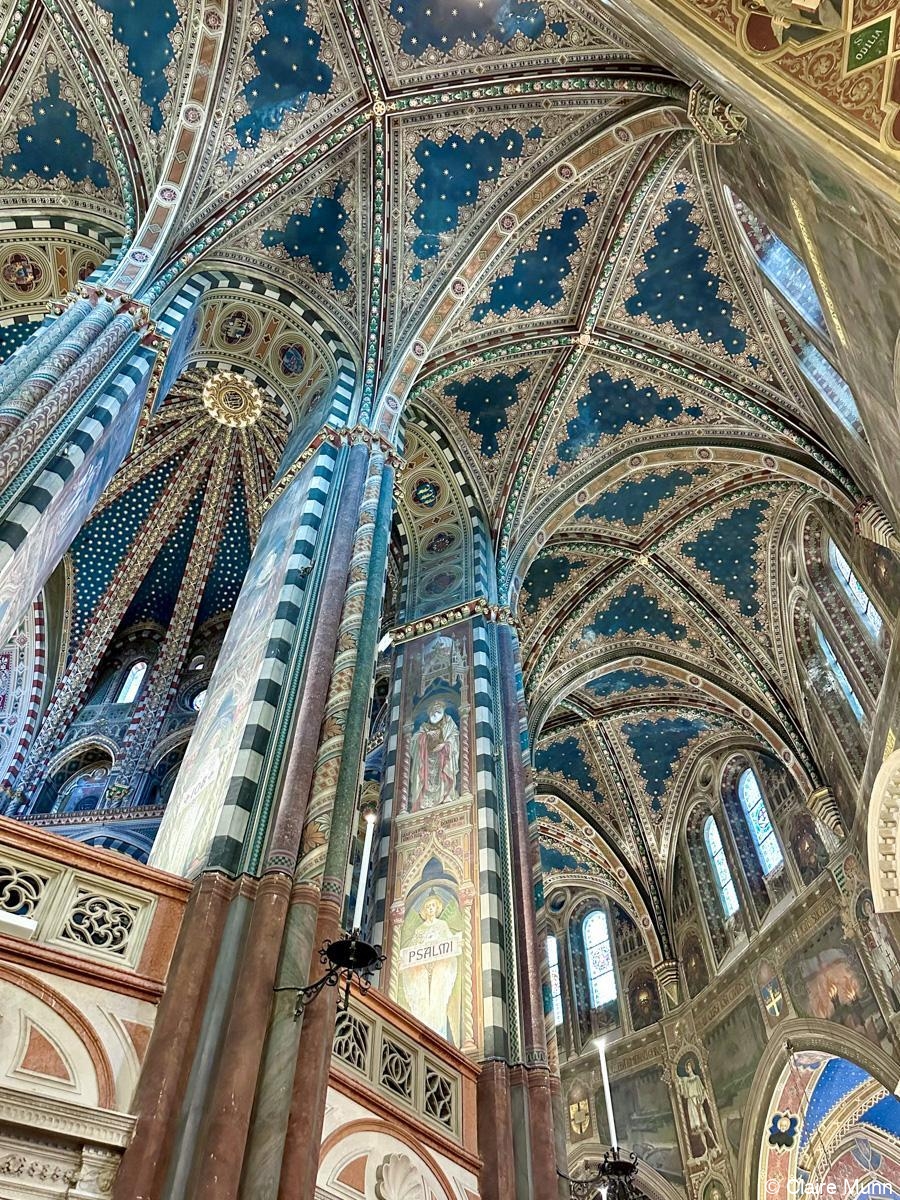
Botanical Garden of Padua
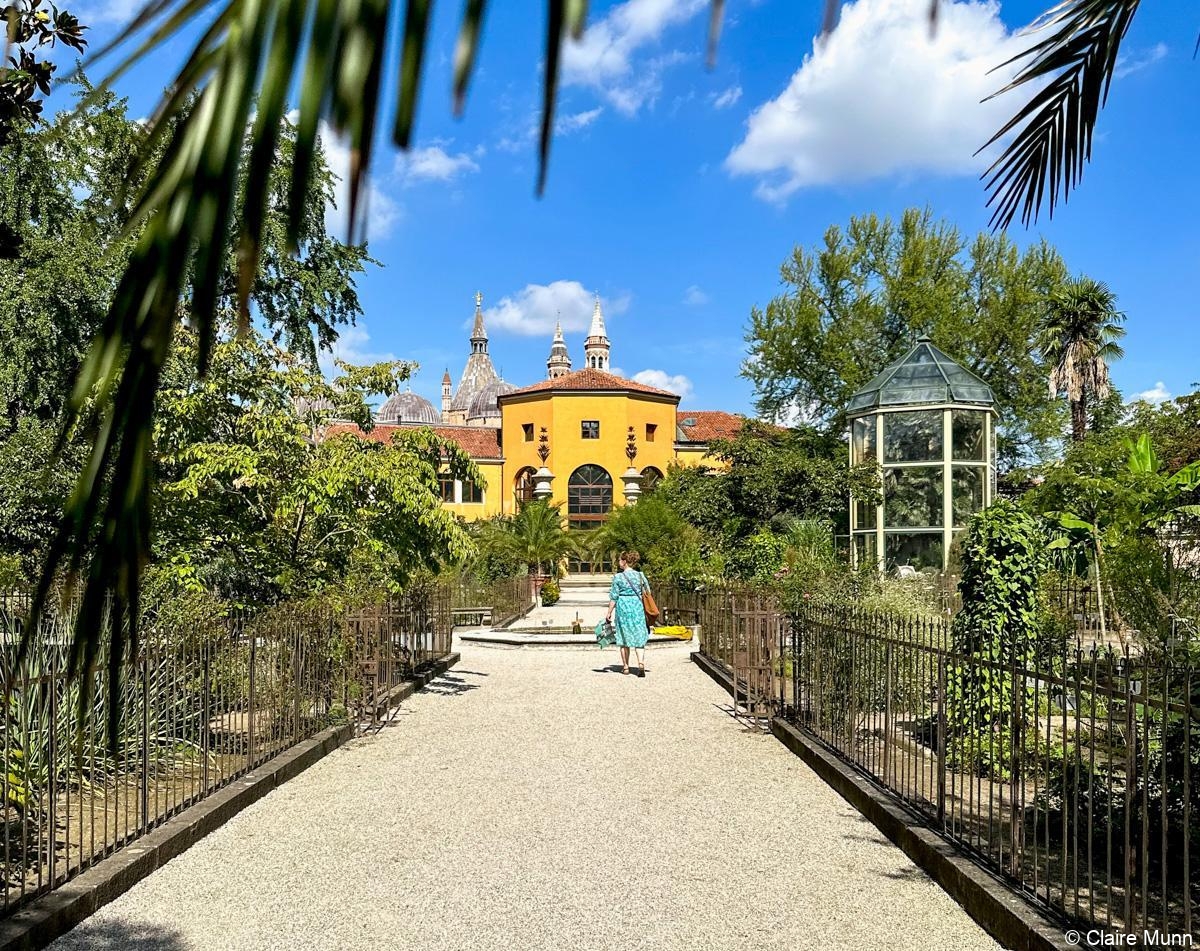
The Botanical Garden of Padua (Orto Botanico di Padua) is a UNESCO World Heritage Site recognized as the oldest academic botanical garden in the world that also still has its original design.
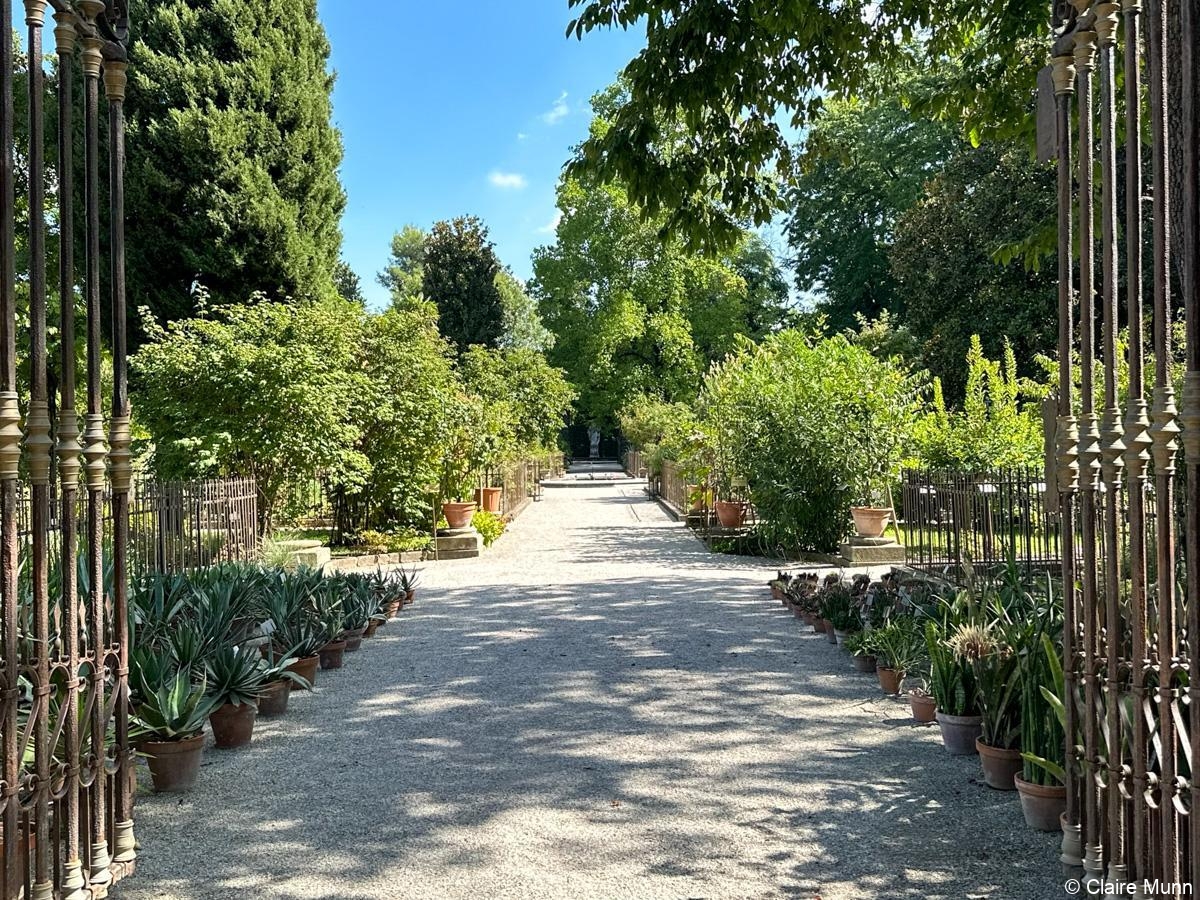
Founded in 1545 by the University of Padua to cultivate medicinal plants for research and teaching, it remains an active center for scientific research and plant conservation. The garden contains thousands of species, including rare and endangered plants, arranged in thematic zones, as well as an extensive library and herbarium.
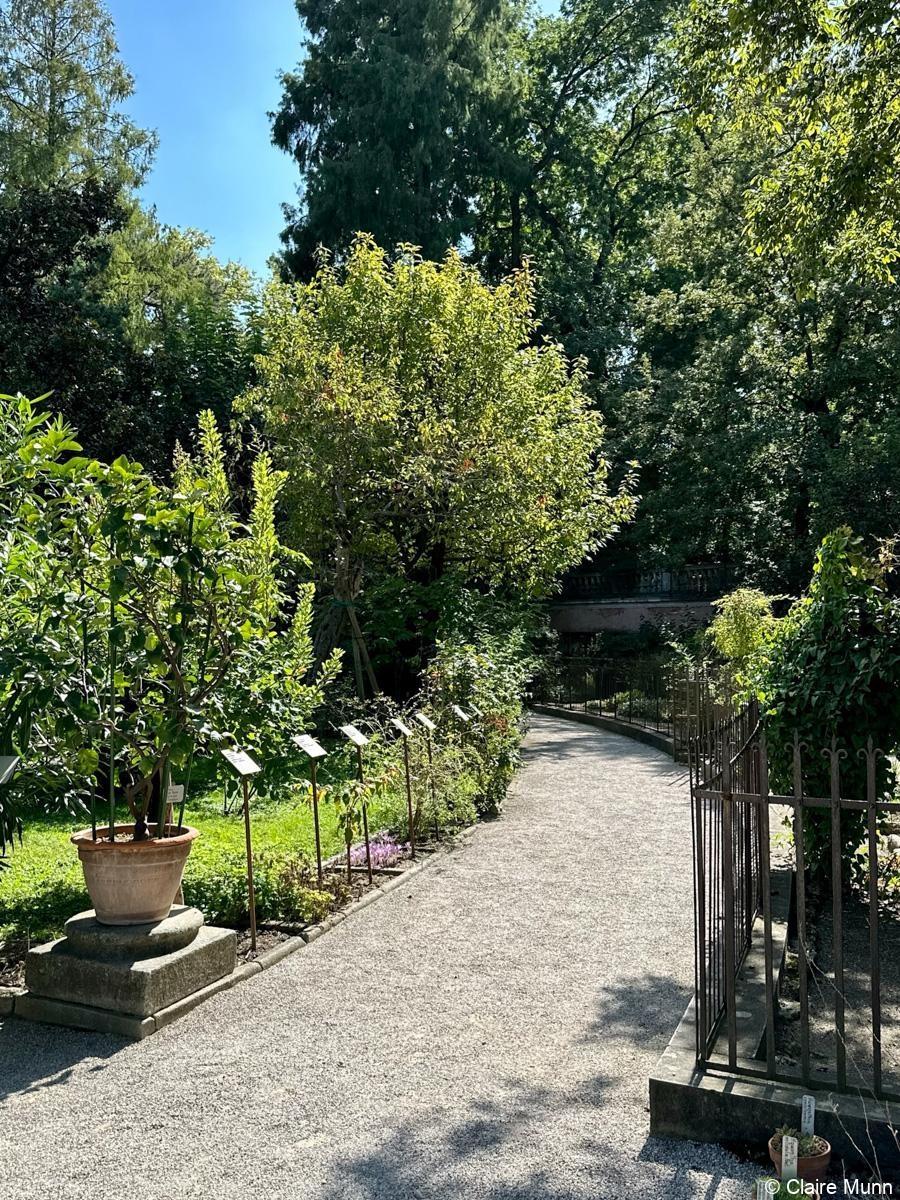
At the heart of the garden is the original 16th-century circular layout with a water channel around it, symbolizing the Earth surrounded by the ocean. The design reflects the Renaissance ideal of nature as a rational, geometric system, with the garden as a microcosm where scientific inquiry could reveal the order of creation.
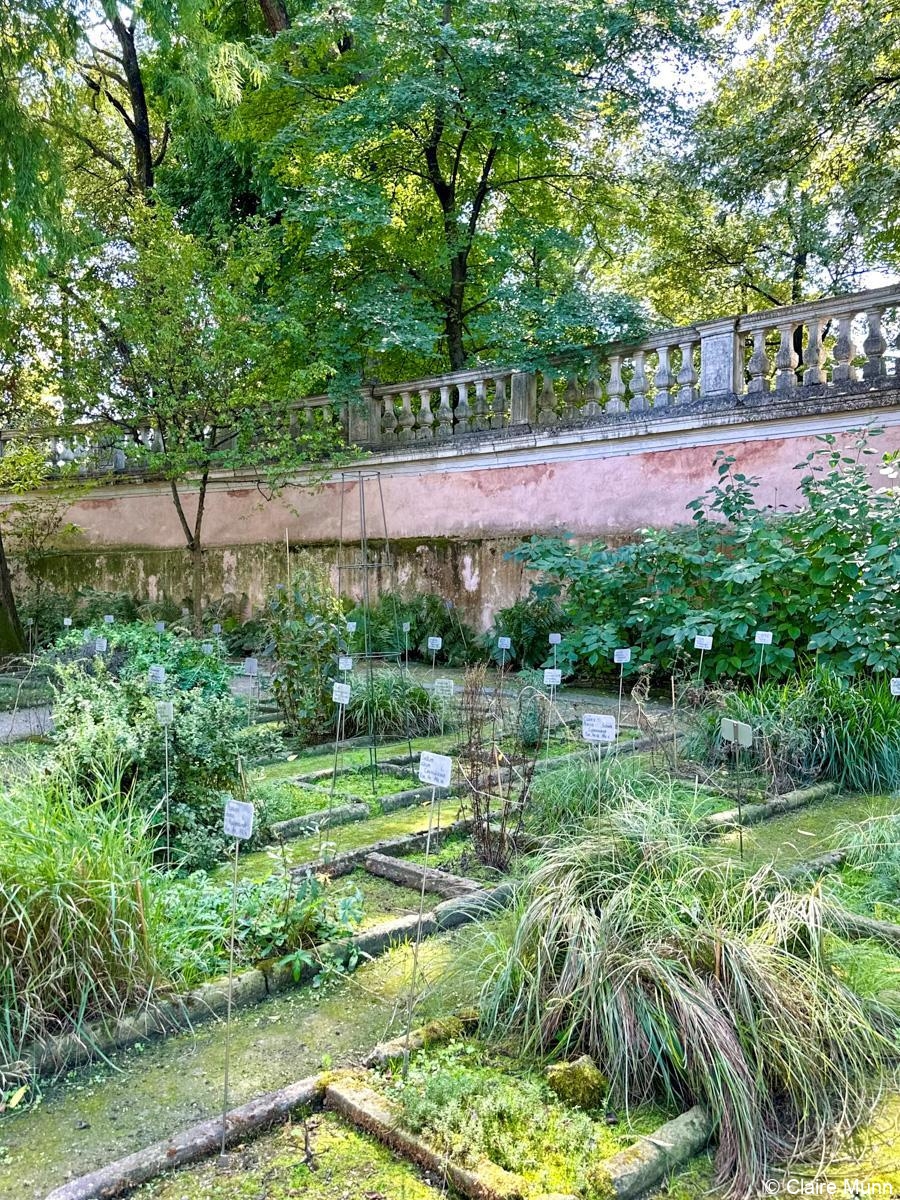
Other highlights include the 19th-century Liberty-style greenhouses and an octagonal glasshouse that contains “Goethe’s Palm” planted in 1585 and mentioned by the poet in his essay On the Metamorphosis of Plants (1790).
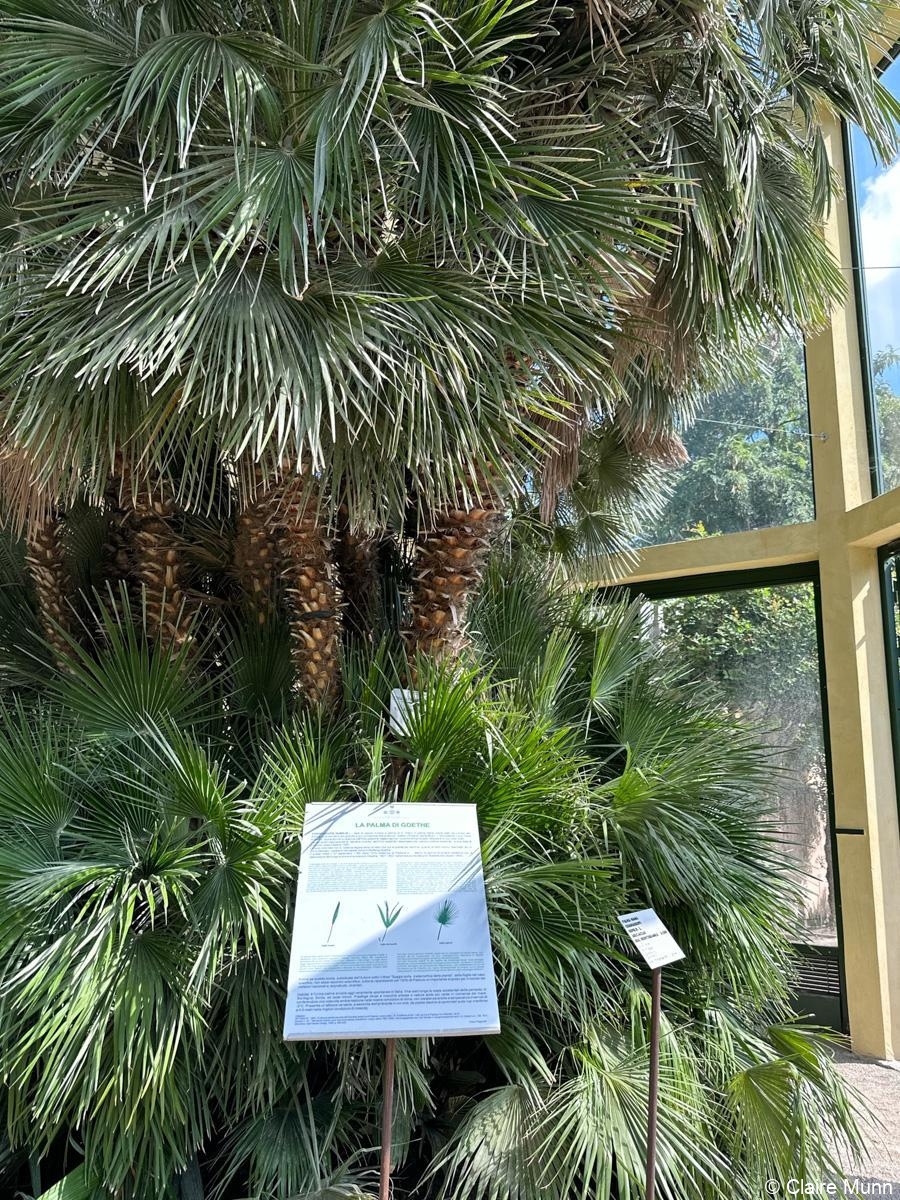
We also take travelers to visit the futuristic Biodiversity Garden (a large greenhouse complex simulating various biomes) that was completed in 2014 and the Botanical Museum. Opened in 2023, the museum is dedicated to the history and collections of the garden, including the historical herbarium and an 18th-century apothecary with original equipment.
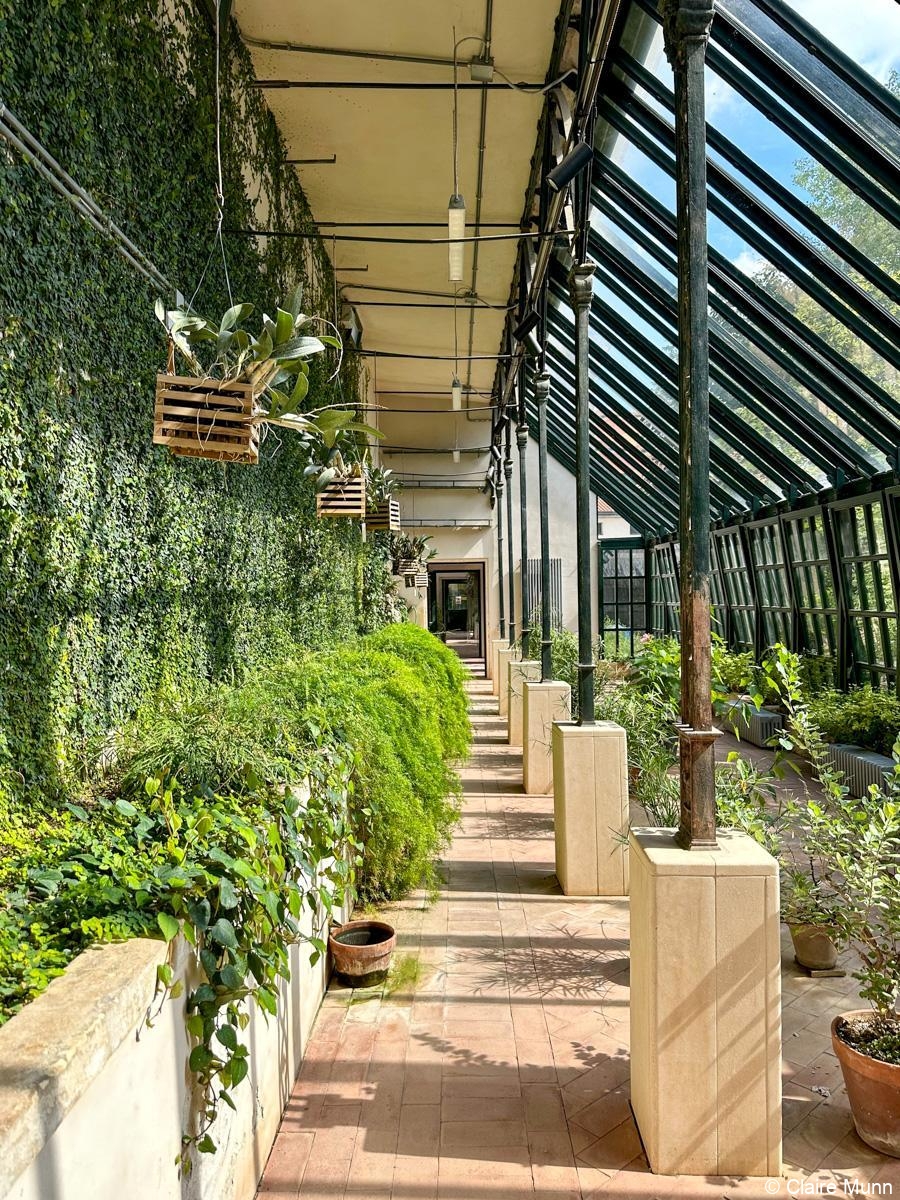
University of Padua – Palazzo del Bo

Founded in 1222, the University of Padua is one of the world’s oldest universities, with an academic legacy that includes notable figures such as Nicholas Copernicus, Casanova, Galileo, William Harvey and Erasmus. It remains one of the most prominent universities in Europe, particularly known for scientific research.
At its heart is Palazzo del Bo, a 14th-century building that still houses the rector’s office and the School of Law. Highlights of touring the palazzo include the Galileo Galilei Great Hall (Galileo Galilei Aula Magna), the impressive, frescoed lecture hall where Galileo once taught, and the Anatomical Theatre, the world’s oldest permanent anatomical theater. Inaugurated in 1595, it is a lasting testament to the university’s legacy as a pioneer in medical research and education.
At the center of the palazzo is the Ancient Courtyard (Cortile Antico), a double loggia adorned with coats of arms from past students, rectors and professors.

Pedrocchi Cafe
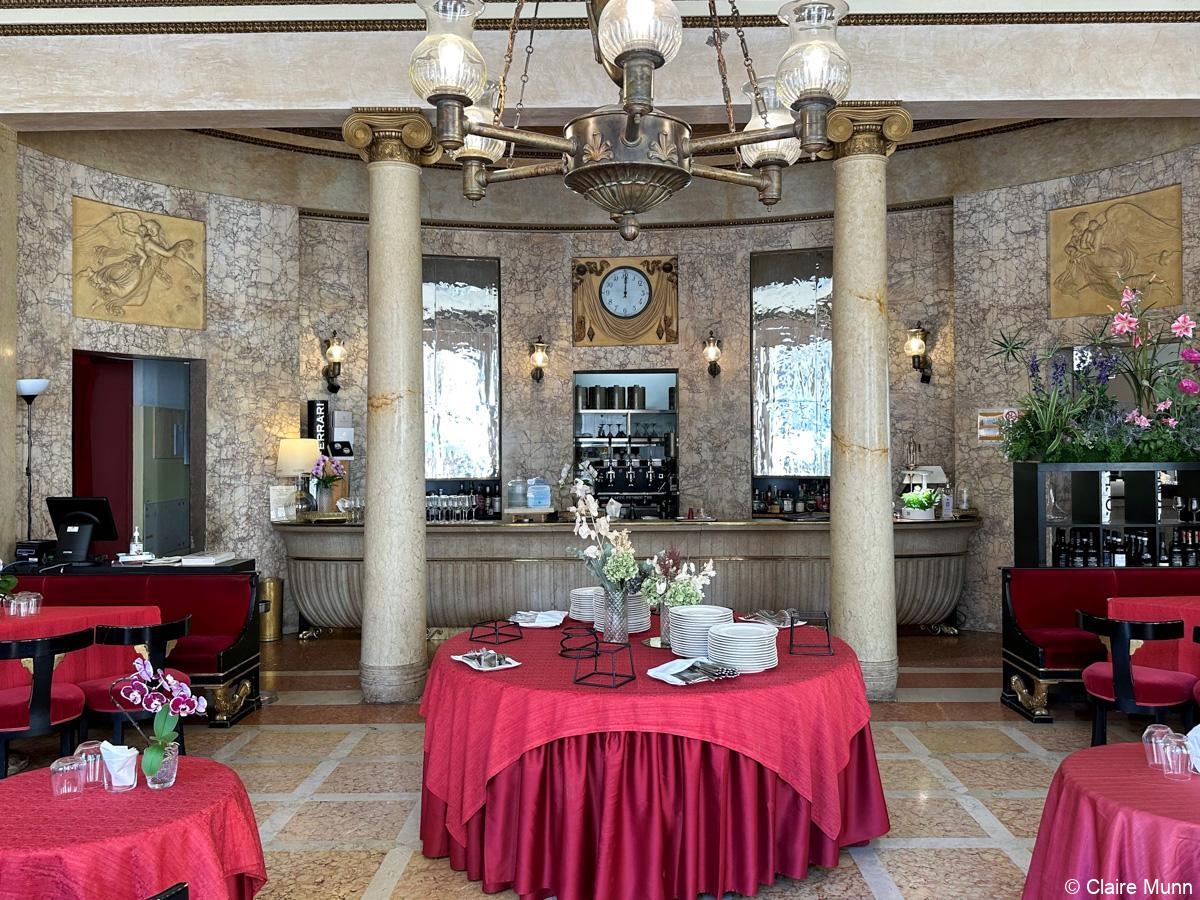
Founded in 1831, Pedrocchi Cafe is a Padovan institution. The iconic landmark, designed in an eclectic style by architect Giuseppe Jappelli, functioned as an intellectual hub and was known as the “cafe without doors” due to its policy of staying open 24 hours a day. The cafe remains a vibrant part of Padua’s social scene and is known for its specialty Pedrocchi Coffee, a mint coffee topped with a dusting of cocoa.
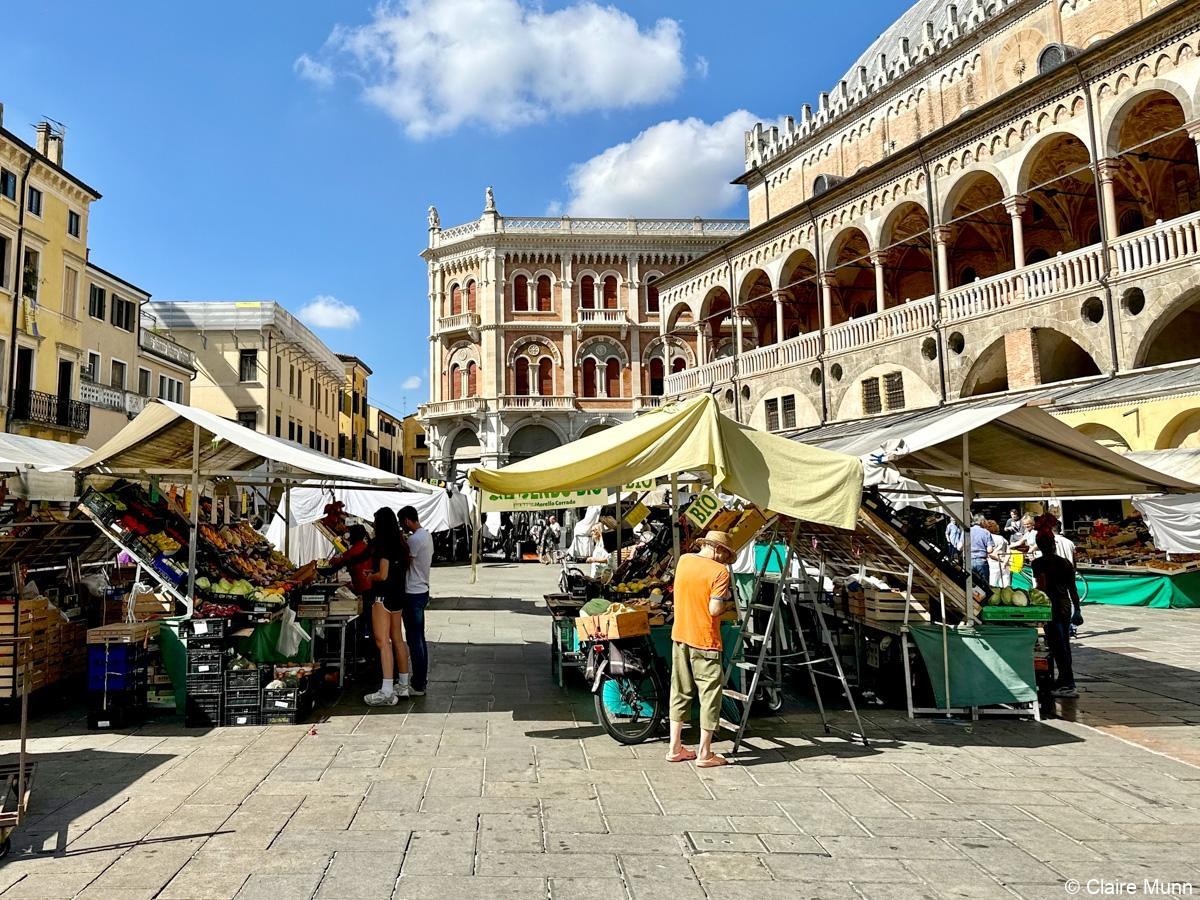
Other highlights of private touring in Padua include seeing Donatello’s renowned equestrian statue Gattamelata (1453) and touring Palazzo della Ragione, a medieval civic building filled with UNESCO-listed frescoes. On the ground floor of the palazzo is Padua’s ancient market. Established in the 13th century and considered one of the oldest covered markets in Europe, it is filled with specialty shops under vaulted ceilings.
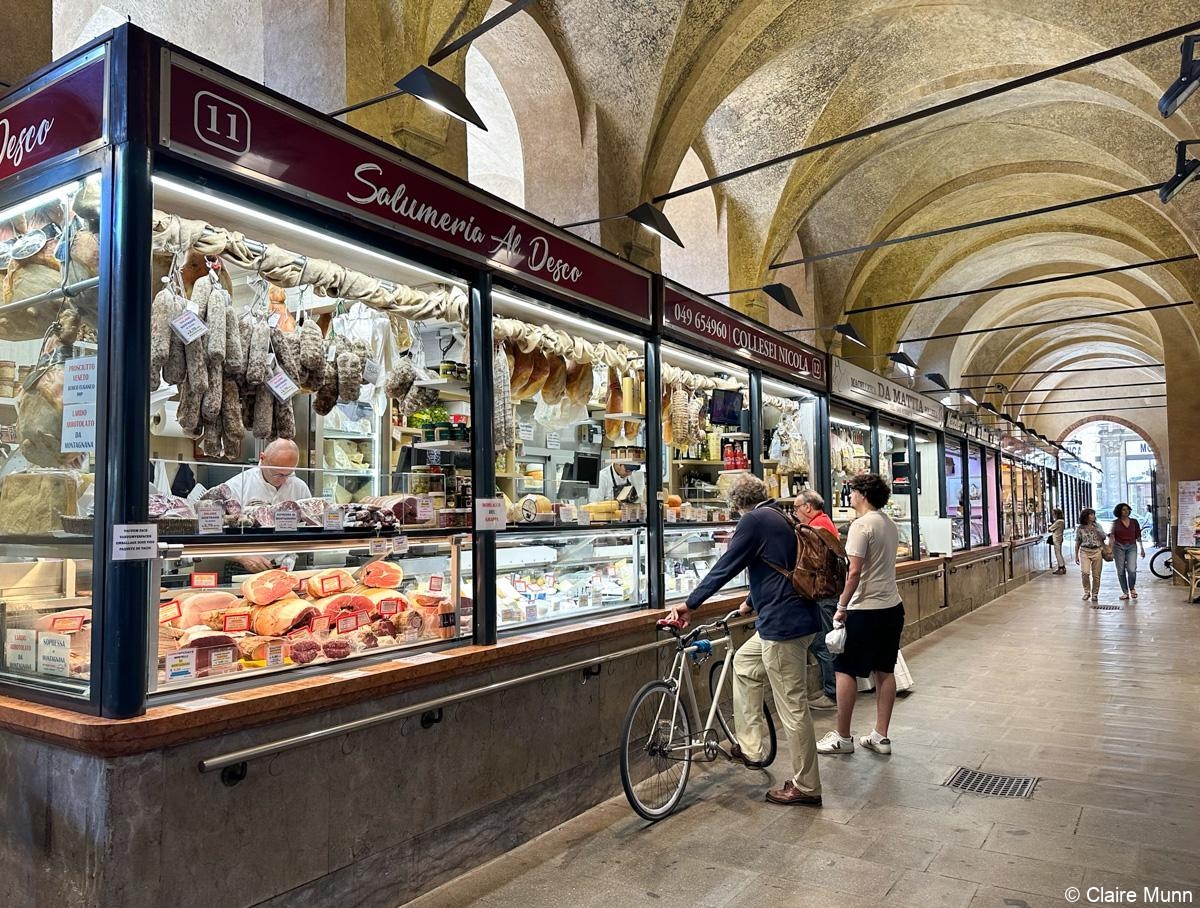
We also arrange Jewish touring in Padua, including the Jewish Ghetto, the Jewish Heritage Museum and the Italian Synagogue. Established in 1548, the synagogue is still an active place of worship.
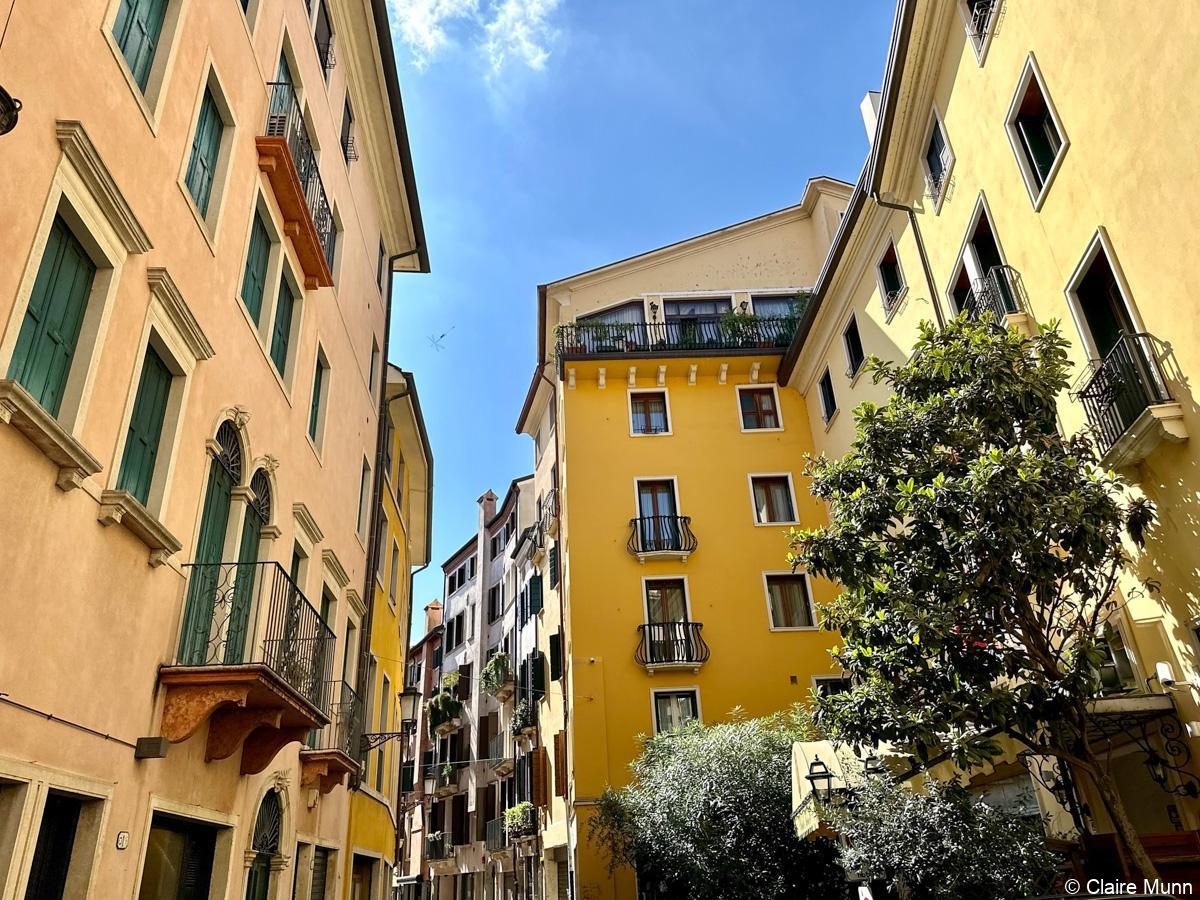
Contact Artisans of Leisure to plan a private Italy tour that incorporates the cultural highlights of Padua in addition to other favorite destinations in northern Italy, including Venice.
Tags: art history, botanical garden, Botanical Garden of Padua, botanical garden tours, frescoes, garden tours, gardens, Giotto, history tours, insider Italy, Italian garden tours, Italian gardens, Italy cultural tours, luxury Italy tours, Northern Italy tours, Padua, Padua art tours, Padua botanica garden, Padua frescoes, Palazzo del Bo, private Italy tours, private Padua tours, Renaissance, Renaissance architecture, Renaissance art, Scrovegni Chapel, UNESCO Italy, UNESCO World Heritage Site, University of Padua

 MENU
MENU